Introduction
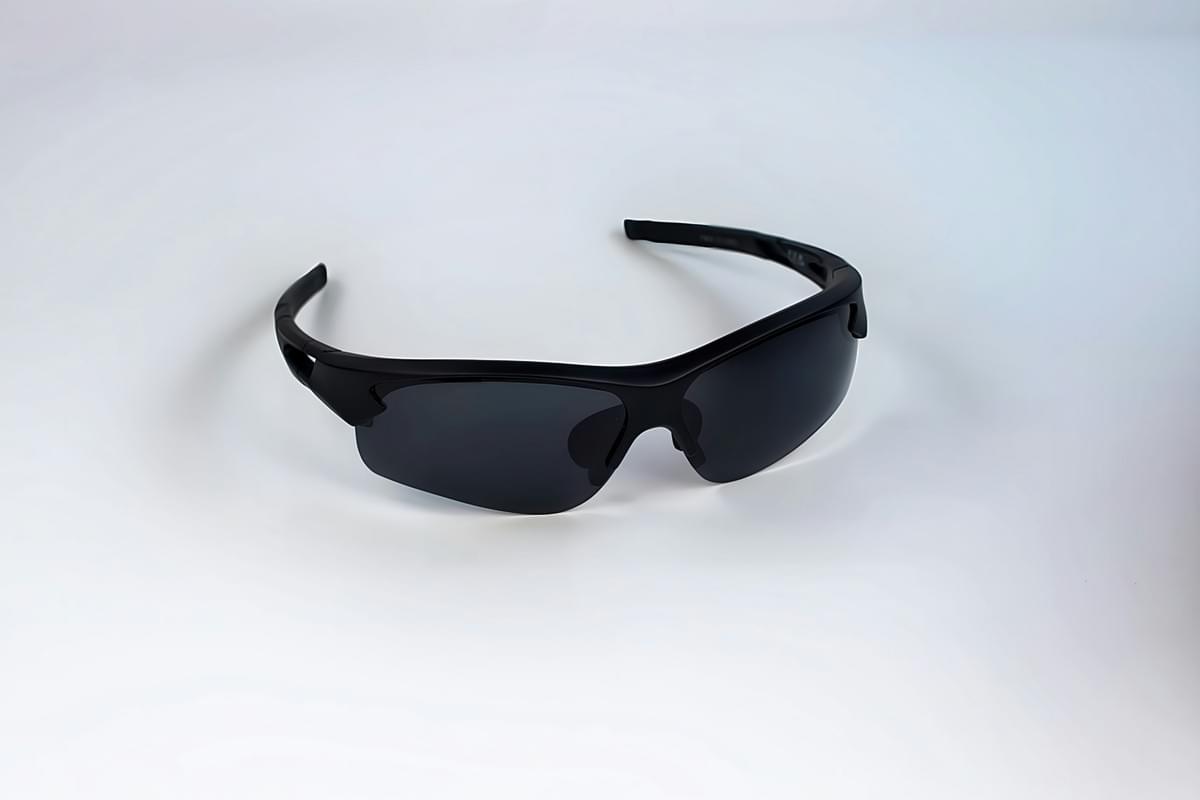
With a plethora of choices ranging from safety glasses to eye goggles, understanding safety eyewear options is crucial for ensuring that your vision remains uncompromised in various environments. Selecting the right protection matters not just for comfort but also for safeguarding against potential hazards.
Understanding Safety Eyewear Options
Safety eyewear comes in different forms, primarily categorized into safety glasses and safety goggles. Safety glasses typically offer a more open design, allowing for better ventilation and comfort during prolonged use, while safety goggles provide a snug fit that offers enhanced protection against dust, debris, and liquids. Knowing the differences between these two types can help you make informed decisions about which option best suits your needs.
Why Choose the Right Protection Matters
Choosing the right protection is essential not only for compliance with safety regulations but also for personal health and well-being. The wrong choice could lead to injuries that might have been easily prevented with proper eyewear like safety glasses or goggles tailored to specific tasks. Whether you’re working in construction or engaging in hobbies like woodworking or chemistry experiments, selecting appropriate safety eyewear ensures you’re protected against potential eye hazards.
Key Differences Between Glasses and Goggles
The primary distinction between safety glasses vs safety goggles lies in their design and level of coverage they provide. Safety glasses are often equipped with side shields and lenses designed to resist impact but may leave some areas around the eyes exposed; meanwhile, goggles form a tight seal around the eyes for maximum protection from splashes and airborne particles. Understanding these key differences will guide you toward selecting whether to opt for safety glasses over glasses or go with full-on eye goggles based on your specific environment and needs.
What Are Safety Glasses?
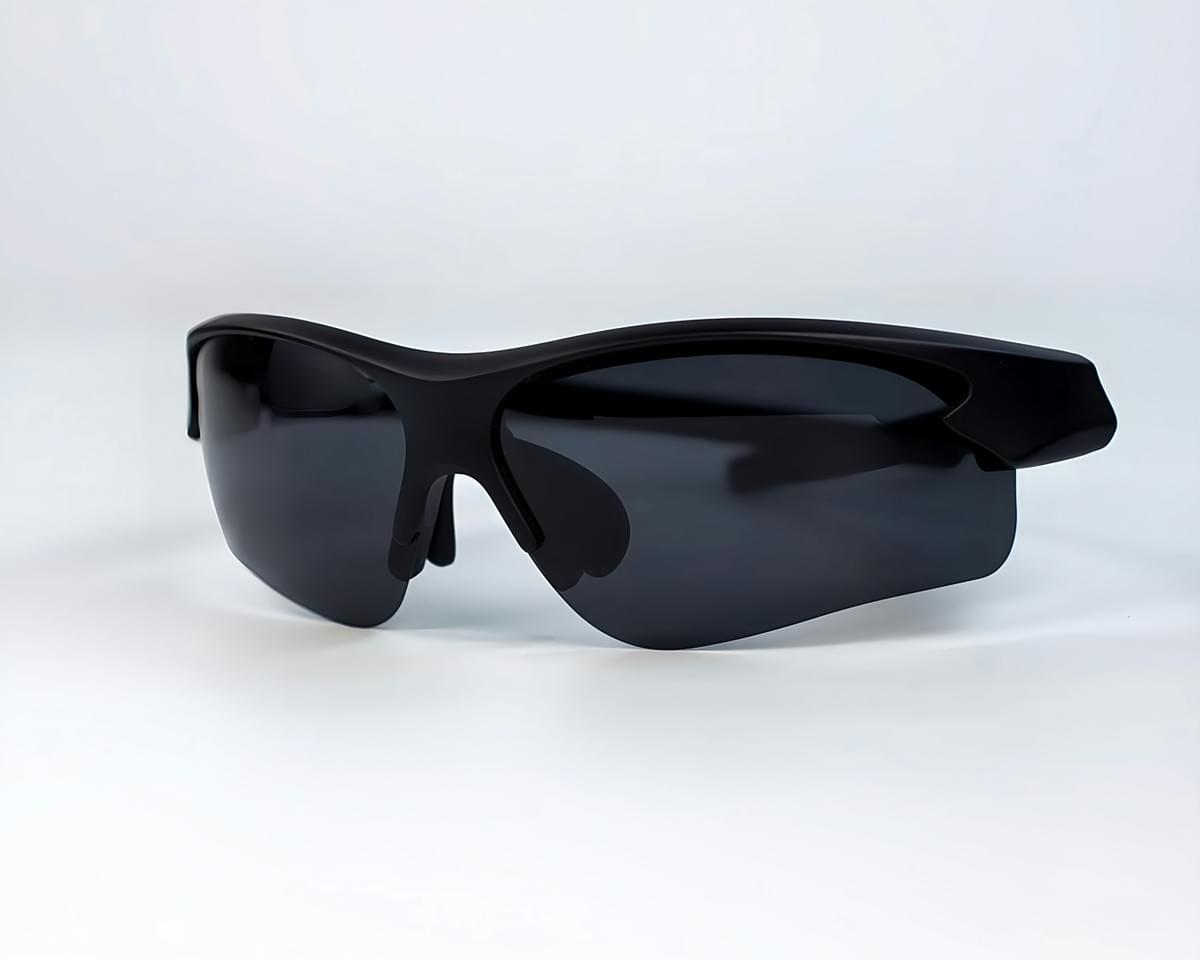
Safety glasses are specialized eyewear designed to protect your eyes from various hazards in the workplace or during recreational activities. Unlike regular glasses, safety glasses meet specific standards that ensure they can withstand impacts, prevent penetration by foreign objects, and shield against harmful chemicals or debris. When comparing safety glasses vs safety goggles, it’s essential to understand the unique benefits that safety glasses offer for vision correction and eye protection.
Features of Safety Glasses
Safety glasses come equipped with several features that make them suitable for protecting your eyes in hazardous environments. They typically have shatter-resistant lenses made from polycarbonate or other durable materials that can absorb impact without breaking. Additionally, many models include anti-fog coatings, UV protection, and side shields to enhance peripheral vision while preventing particles from entering the eye area.
One of the most notable characteristics of safety eyewear glasses is their lightweight design, which allows for comfortable wear over extended periods. Adjustable temples and padded nose pieces are common features that help ensure a secure fit without sacrificing comfort. Ultimately, these features combine to provide effective protection while maintaining clarity of vision—an essential aspect when choosing between safety glasses vs safety goggles.
Types of Safety Glasses Available
There is a wide variety of safety glasses available on the market today to cater to different needs and preferences. Standard models feature clear lenses ideal for general use; however, options also include tinted lenses for outdoor work or specialized coatings such as anti-reflective or polarized lenses for enhanced visibility under bright conditions. Additionally, certain designs incorporate prescription capabilities—making them perfect for individuals who require vision correction.
When considering safety eyewear options, it's crucial to evaluate which type best suits your environment and tasks at hand. For instance, some industries may benefit from wraparound styles that provide increased coverage against flying debris or chemicals. Understanding these distinctions will help you make informed choices about whether you need standard safety glasses or if you should consider alternatives like safety goggles over glasses.
Safety Glasses Prescription Glasses for Vision Needs
Fortunately, many manufacturers now offer safety glasses prescription glasses designed specifically with this dual purpose in mind—allowing you to enjoy clear sight while safeguarding your eyes against potential hazards.
These prescription models come in various styles and lens types tailored to meet individual needs without compromising on comfort or functionality. Whether you’re working in construction sites where dust and debris are prevalent or engaging in laboratory work with hazardous materials around you, having access to proper protective eyewear is paramount for maintaining eye health while performing daily tasks effectively.
In summary, understanding what constitutes quality safety eyewear is vital when determining whether you should opt for traditional frames or explore options like safety goggles over glasses based on your specific requirements—and don’t forget about those stylish yet functional choices available today!
The Basics of Safety Goggles
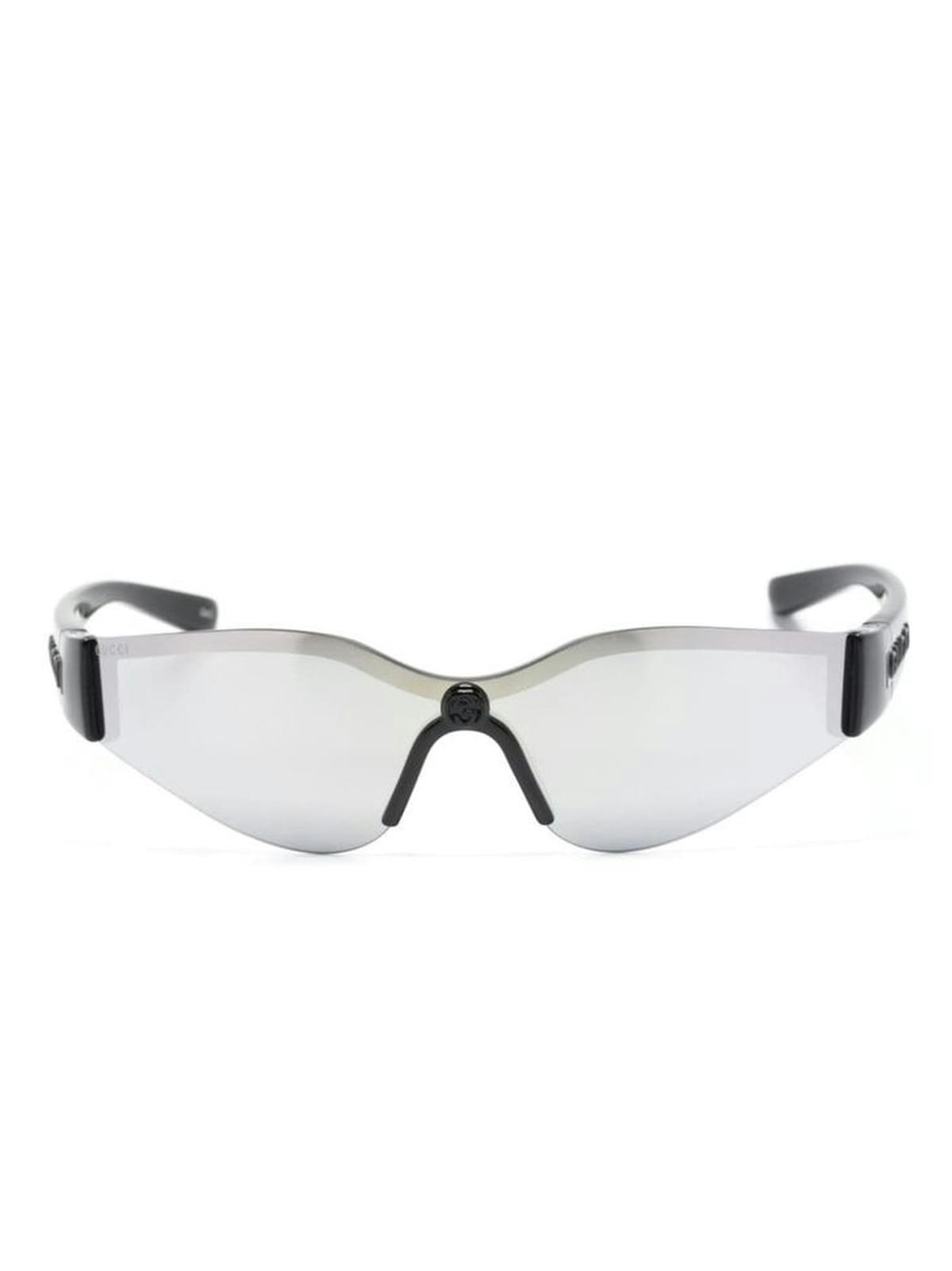
When it comes to protecting your eyes in hazardous environments, safety goggles are a go-to option for many. Unlike safety glasses, which may leave areas around the eyes exposed, eye goggles provide a snug fit that offers enhanced protection against debris, chemicals, and other potential dangers. Understanding the highlights of safety goggles can help you make informed choices about your eyewear.
Highlights of Safety Goggles
Safety goggles are designed with several key features that set them apart from traditional safety glasses. They often come with a flexible frame that molds to the contours of your face, ensuring a secure fit that minimizes gaps where harmful particles can enter. Additionally, many models include anti-fogging technology and shatter-resistant lenses, making them ideal for various work conditions where visibility is paramount and safety is non-negotiable.
Another highlight is their versatility; safety goggles can be used in diverse settings—from laboratories handling chemicals to construction sites with flying debris. They also provide an added layer of protection against splashes and sprays, which is something standard safety eyewear glasses might not fully cover. This makes them particularly appealing for anyone who needs robust eye protection in their daily tasks.
Ideal Uses for Eye Goggles
Eye goggles shine in environments where maximum eye coverage is essential. They are particularly suited for activities such as woodworking, metalworking, or any task involving high-speed tools that could send shards flying in unpredictable directions. Moreover, they are frequently used in laboratories or medical settings where exposure to hazardous substances or biological materials could pose significant risks.
For those working with chemicals—think cleaning agents or industrial solvents—safety goggles offer unparalleled protection compared to standard safety glasses prescription glasses. Their design ensures that no harmful substances can seep into your eyes from the sides or top while you're focused on your task at hand. In short, if you're involved in any activity where there's a risk of impact or splash hazards, investing in quality eye goggles over traditional options is wise.
Safety Goggles Over Glasses Considerations
One common question arises when discussing eyewear: should you wear safety goggles over glasses? While some individuals opt for this combination—especially those who rely on prescription lenses—it’s crucial to ensure that both fit comfortably together without compromising visibility or comfort. Many manufacturers now produce models specifically designed to accommodate wearing over regular glasses without causing discomfort.
However, if you're frequently switching between different types of protective eyewear throughout the day—like from safety glasses to goggles—it might be worth considering dedicated options tailored for your vision needs instead of layering up unnecessarily with safety glasses over glasses setups. This way you maximize comfort while ensuring optimal protection levels tailored precisely to your work environment's demands.
In conclusion, understanding the basics of safety goggles helps clarify when they should be preferred over traditional options like safety glasses vs safety goggles debates often suggest otherwise! With their snug fit and robust protective capabilities tailored for various industries and activities alike—eye goggles certainly deserve a spot on every worker's checklist when assessing personal protective equipment (PPE).
Protection Level: Glasses vs Goggles
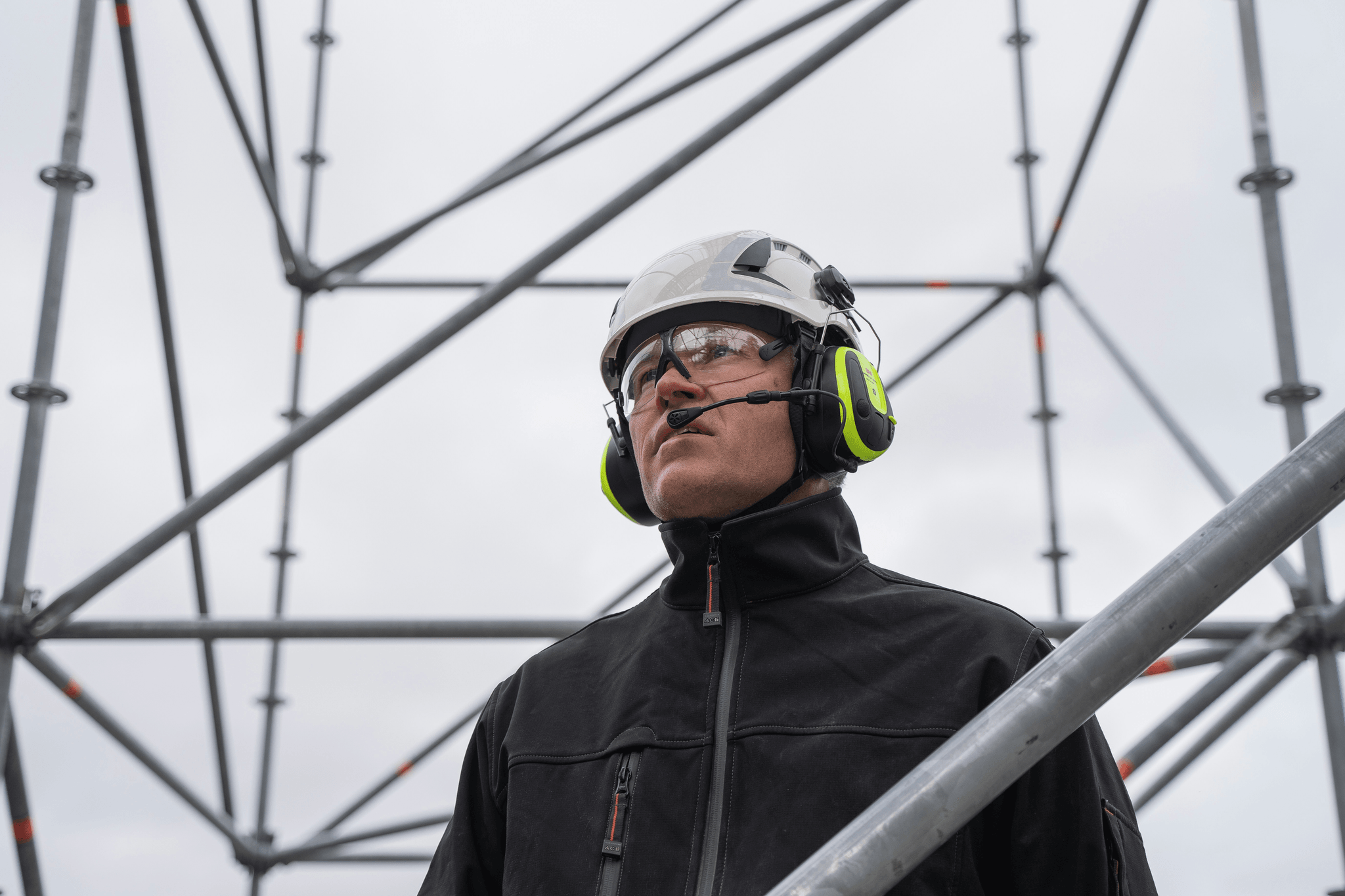
Both options serve to shield your eyes from potential hazards, but they do so in different ways. This section will explore ANSI standards for safety eyewear, the types of hazards each option addresses, and real-world applications across various industries.
ANSI Standards for Safety Eyewear
The American National Standards Institute (ANSI) provides essential guidelines that define the minimum requirements for safety eyewear. These standards ensure that both safety glasses and goggles are tested for impact resistance, optical clarity, and durability. When comparing safety glasses vs safety goggles, it’s important to note that while both types must meet these standards, goggles often offer a higher level of protection due to their full coverage design.
Safety glasses are typically rated under ANSI Z87.1 standards for impact resistance but may not provide the same level of peripheral protection as goggles. For those who need prescription lenses, there are also options like safety glasses prescription glasses that comply with ANSI regulations while accommodating vision needs. Whether you choose safety eyewear glasses or opt for eye goggles, always look for the ANSI marking to ensure you're getting adequate protection.
Hazard Types and Appropriate Protection
Different environments present unique hazards that dictate whether you should choose safety glasses or goggles. For instance, if you're working with flying debris or chemicals, eye goggles provide a snug fit around your eyes and prevent harmful substances from entering from the sides—making them ideal for such situations. Conversely, if you're in an office setting where minimal risk is involved, standard safety glasses might suffice.
It's also worth noting that some people prefer wearing safety glasses over glasses when they already wear prescription eyewear; however, this can compromise fit and effectiveness against certain hazards. In environments where there's a risk of exposure to dust or splashes—like laboratories or construction sites—safety goggles over glasses may be necessary to ensure complete protection without gaps in coverage. Understanding these hazard types helps guide your choice between safety eyewear options effectively.
Real World Applications in Different Industries
The applications of safety eyewear vary widely across industries—from construction sites bustling with activity to laboratories handling sensitive materials. In manufacturing settings where heavy machinery operates frequently, workers often rely on robust eye goggles due to their superior protective features against flying particles and chemical splashes. On the other hand, workers in fields like healthcare may prefer lightweight safety glasses because they offer sufficient protection while allowing quick communication with colleagues.
In construction zones filled with dust and debris, using either high-quality safety sunglasses or more comprehensive eye goggles can make all the difference in preventing injuries caused by unexpected projectiles or harmful substances. Similarly, those working in welding or metal fabrication often require specialized protective gear that combines aspects of both styles—goggles designed specifically for high-heat applications paired with face shields can provide optimal defense against sparks and intense light exposure. By assessing industry-specific needs alongside personal comfort preferences when choosing between safety glasses vs safety goggles (or even considering options like custom-fit designs), professionals can enhance their workplace security effectively.
Comfort and Fit: Personal Preferences
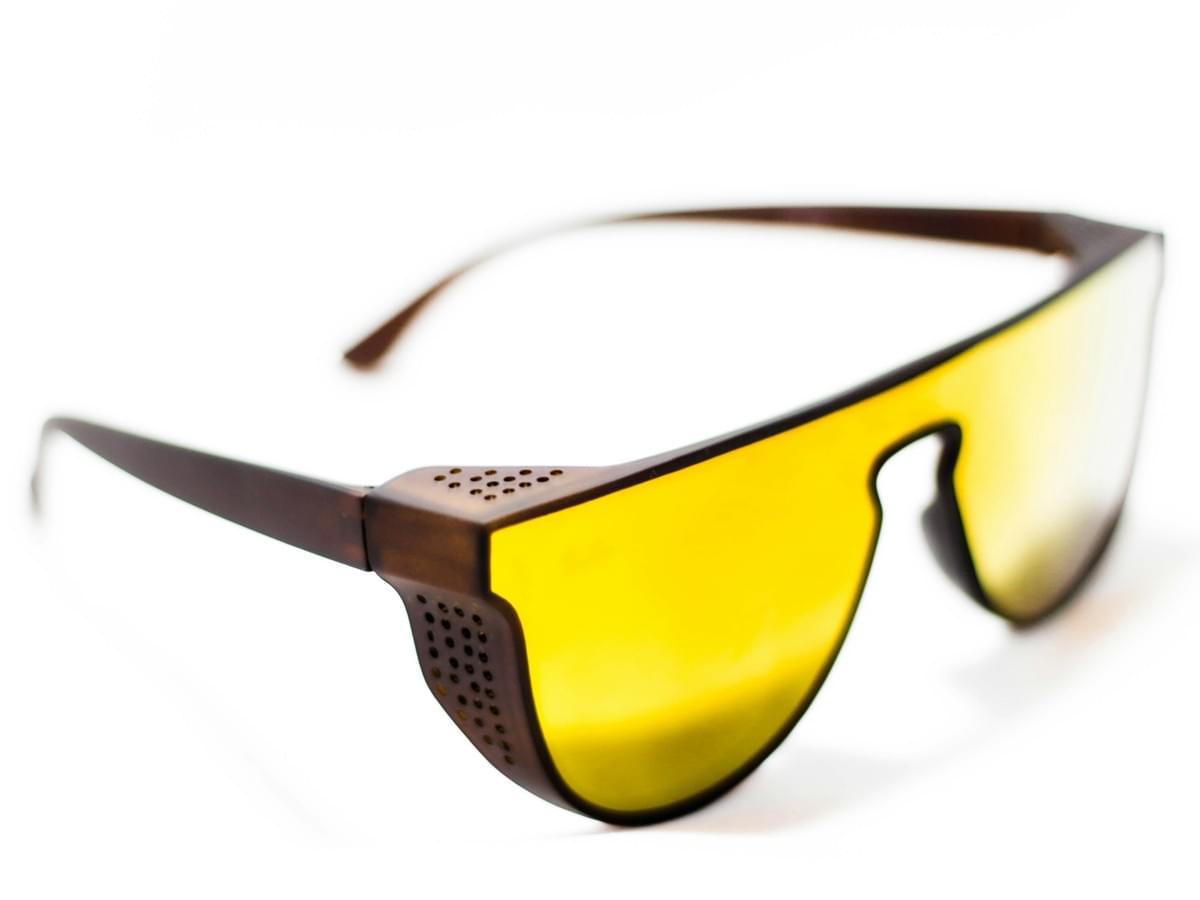
After all, if your safety glasses or goggles don't fit well, you might be tempted to remove them when you need them most. Therefore, understanding how to evaluate the fit of safety glasses versus safety goggles can make a significant difference in your overall experience.
Evaluating Fit for Safety Glasses
Finding the right pair of safety glasses is like finding the perfect pair of shoes; if they pinch or slide off your face, you'll never wear them willingly. Safety glasses should sit comfortably on the bridge of your nose without slipping down or pinching too tightly. Look for adjustable features like temple length and nose pads that allow you to customize the fit for maximum comfort while ensuring they provide adequate protection.
Moreover, consider how well safety eyewear glasses integrate with any prescription lenses you may need. For those requiring vision correction, safety glasses prescription glasses offer an ideal solution that doesn't compromise on protection or style. Always try on multiple pairs and check for gaps between your face and the frames; even a tiny opening can let harmful particles in!
Goggles for Extended Wear
For those who require extended wear during tasks such as woodworking or laboratory work, eye goggles often reign supreme over traditional safety glasses. Goggles create a snug seal around your eyes, providing an extra layer of protection against dust, chemicals, or flying debris—elements that might sneak past regular safety eyewear glasses. The adjustable straps on many models ensure that they stay securely in place without causing discomfort during long hours of use.
However, not all goggles are created equal; some may fog up easily or feel restrictive after prolonged wear. It's crucial to select eye goggles designed specifically for comfort during extended use—look for features like anti-fog coatings and ventilation systems that promote airflow while keeping hazards at bay. Remember that choosing between safety goggles over glasses often comes down to personal preference regarding comfort and intended use.
Custom Fit Safety Eyewear Options
If standard options don't quite cut it for you, consider exploring custom-fit safety eyewear options tailored specifically to your needs! Many brands now offer customizable features ranging from adjustable frames to personalized lens prescriptions—all designed with your comfort in mind. This means whether you're rocking safety glasses vs safety goggles at work or play; you'll have eyewear that feels like it was made just for you.
Custom-fit solutions can significantly enhance both performance and protection levels by ensuring a secure fit without compromising style—a win-win! Just remember: investing time in finding the right fit leads not only to better comfort but also greater compliance with wearing protective gear when needed most! So go ahead—take charge of your eye protection journey!
Style and Functionality in Safety Eyewear
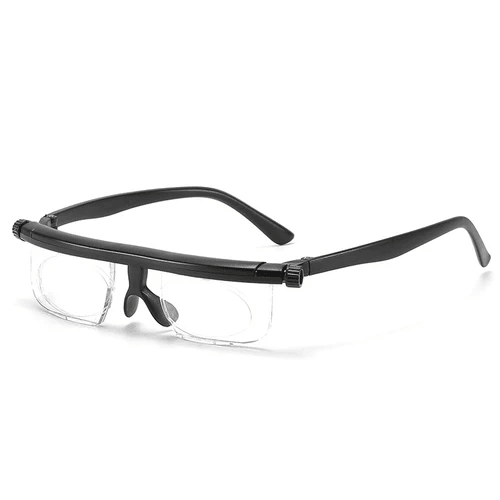
In the world of safety eyewear, style has become just as important as functionality. Gone are the days when safety glasses were clunky and unattractive; modern designs now offer a range of fashionable options that cater to both safety needs and personal style. With trends shifting towards sleek, lightweight frames and vibrant colors, safety glasses are more than just protective gear—they're a fashion statement.
Fashion Trends in Safety Glasses
Safety glasses have evolved significantly over the years, embracing contemporary styles that appeal to a wider audience. Today’s trends include bold colors, unique patterns, and even designer collaborations that make wearing safety eyewear fun rather than a chore. Whether you’re looking for classic aviators or sporty wraparounds, there’s no shortage of stylish options to choose from in the realm of safety glasses vs safety goggles.
The integration of fashion into functional design means users can enjoy eye protection without sacrificing their aesthetic preferences. Many brands now offer customizable options that allow individuals to express their personality while ensuring they meet necessary safety standards. As such, people often find themselves reaching for their stylish safety eyewear even outside of work environments.
Aisen Optical’s Custom Designs
Aisen Optical stands out in the market by offering custom-designed safety eyewear that caters specifically to individual needs. Their commitment to blending style with practicality means you can find unique designs tailored for specific industries or personal preferences while maintaining compliance with ANSI standards. From prescription lenses for those needing vision correction to trendy frames that suit any face shape, Aisen Optical ensures your eyes are well-protected without compromising on looks.
Their innovative approach allows customers to mix and match features—like lens tints and frame styles—to create a pair of safety glasses that truly reflects their personality while providing maximum protection against hazards like debris or chemical splashes. This level of customization is particularly beneficial for those who require safety glasses prescription glasses but still want them to be fashionable enough for everyday wear.
With Aisen Optical’s designs, you no longer have to choose between looking good and being safe; you can achieve both effortlessly!
Balancing Style and Safety
While aesthetics matter greatly—especially if you're wearing them all day—protection should always take precedence; after all, your eyes deserve nothing less! It's essential to consider factors like fit and comfort alongside design so you can wear your chosen eyewear confidently throughout your workday.
For those who may need additional protection due to specific job requirements or personal preference, options like safety goggles over glasses provide an added layer without sacrificing comfort or style too much. This adaptability means whether you're donning stylish frames at an office job or opting for rugged eye goggles during construction work, there's always a way to maintain your flair while ensuring adequate protection.
Ultimately, making informed choices about your eye protection will lead not only to enhanced comfort but also improved productivity—because when you feel good about what you're wearing (even if it’s just protective gear), you're likely more engaged in your tasks!
Conclusion
In the world of protective eyewear, making the right choice between safety glasses and safety goggles can be a game changer. Each option offers unique benefits tailored to specific tasks and environments, ensuring your eyes are shielded from potential hazards. Understanding these differences is crucial for anyone working in industrial settings, laboratories, or even on home projects.
Choosing Between Glasses and Goggles
Safety glasses are ideal for environments where impact resistance is key but airflow is also necessary, while eye goggles offer a snug fit that protects against dust, chemicals, and splashes. For those who wear prescription lenses, safety glasses prescription glasses are available to provide both vision correction and protection simultaneously.
The Importance of Comfort and Protection
Comfort plays a pivotal role in ensuring that your chosen eyewear is worn consistently and effectively. Whether you opt for safety glasses or safety goggles over glasses, finding a comfortable fit can make all the difference during extended use. Remember that even with top-notch protection features, if your eyewear doesn’t sit well or feels uncomfortable after a few hours, you're less likely to keep them on when it matters most.
Making Informed Eyewear Choices
Ultimately, making informed choices about your safety eyewear means considering not just protection but also comfort and style preferences. With various options like safety goggles over glasses or stylish safety eyewear glasses available today, you don’t have to sacrifice aesthetics for functionality. Take the time to evaluate your specific needs—whether it's opting for sleek designs from brands like Aisen Optical or selecting custom-fit options—to ensure you're fully equipped for any task at hand.
